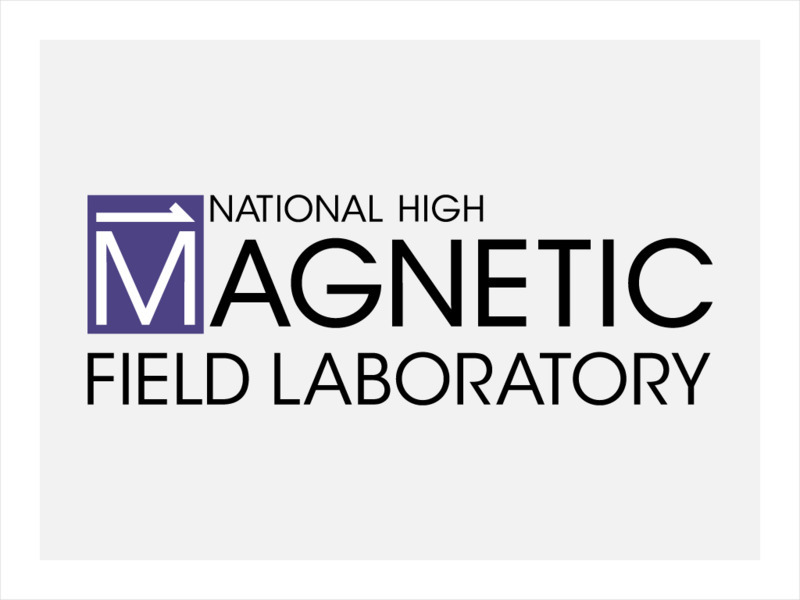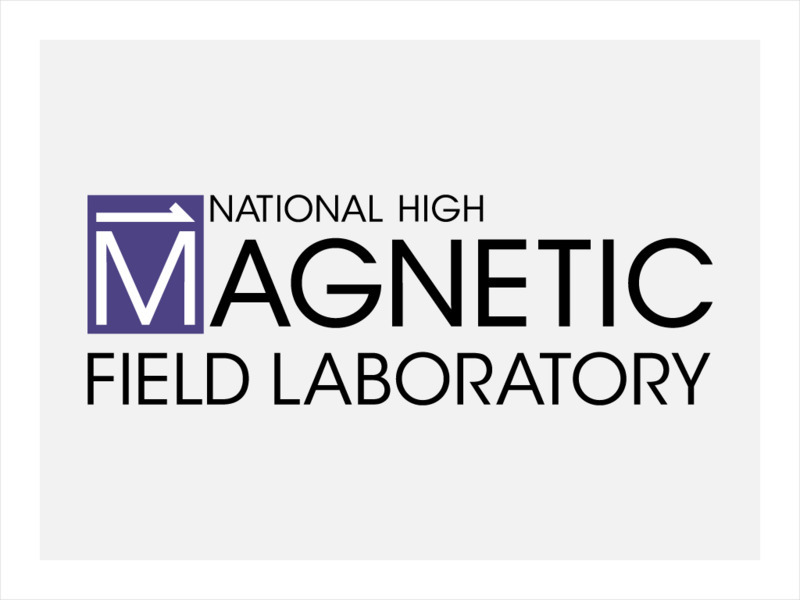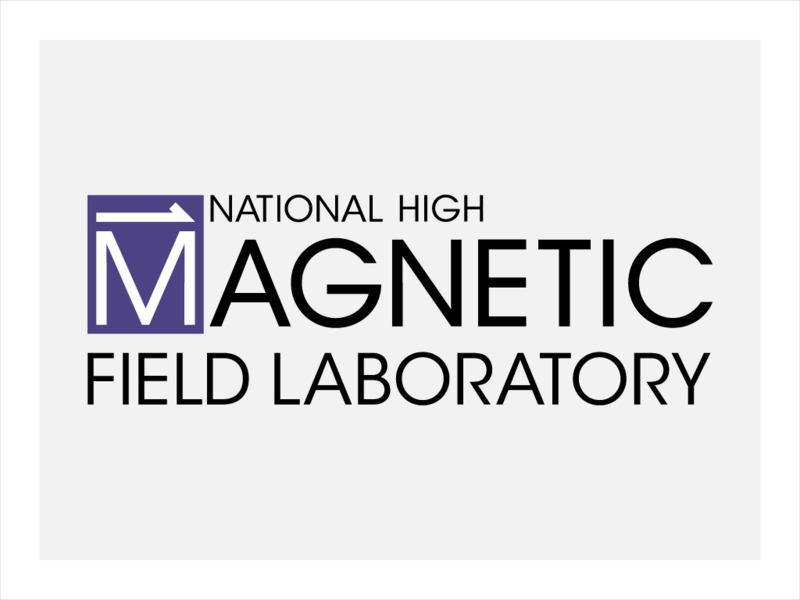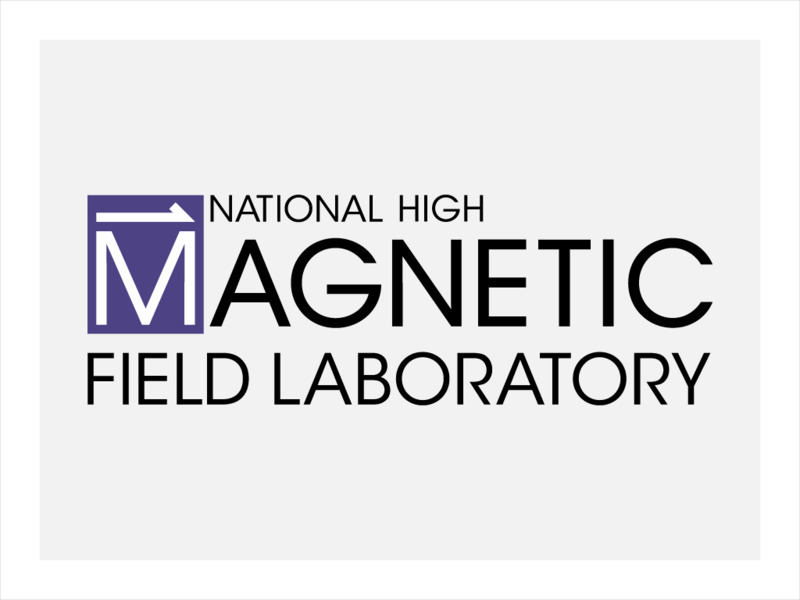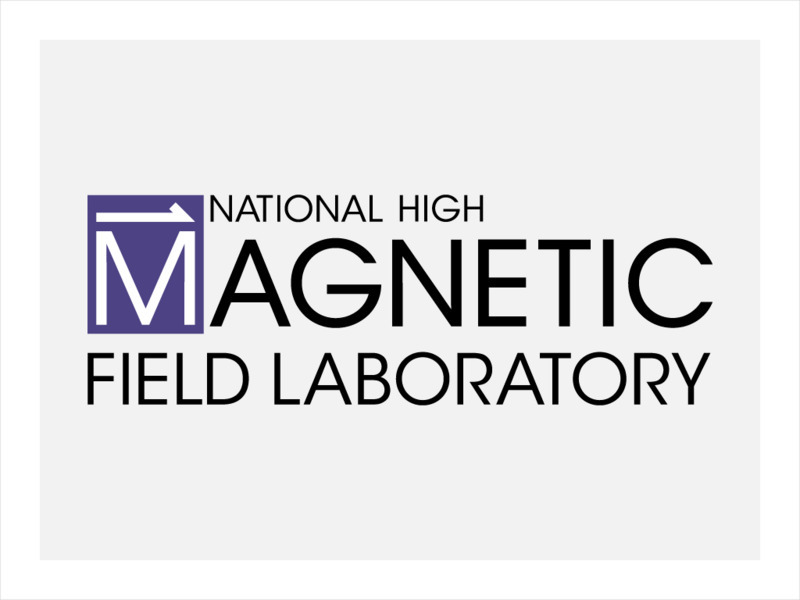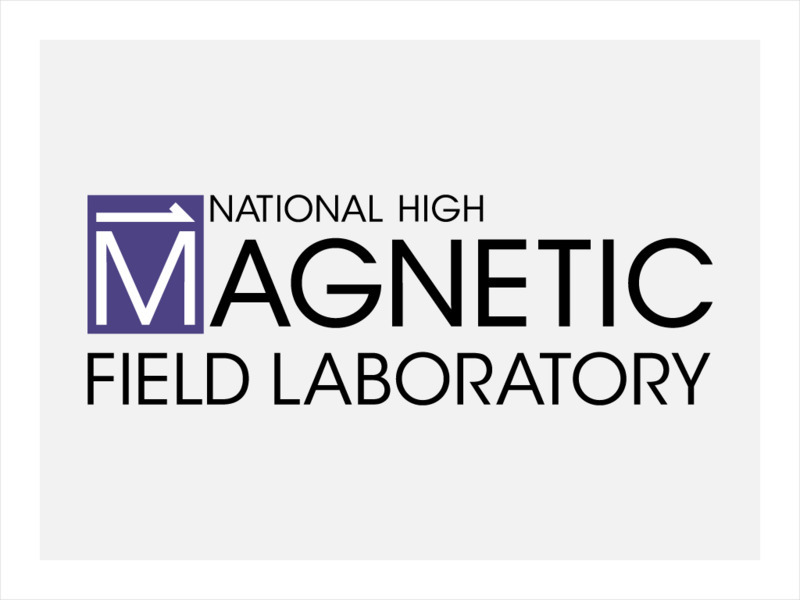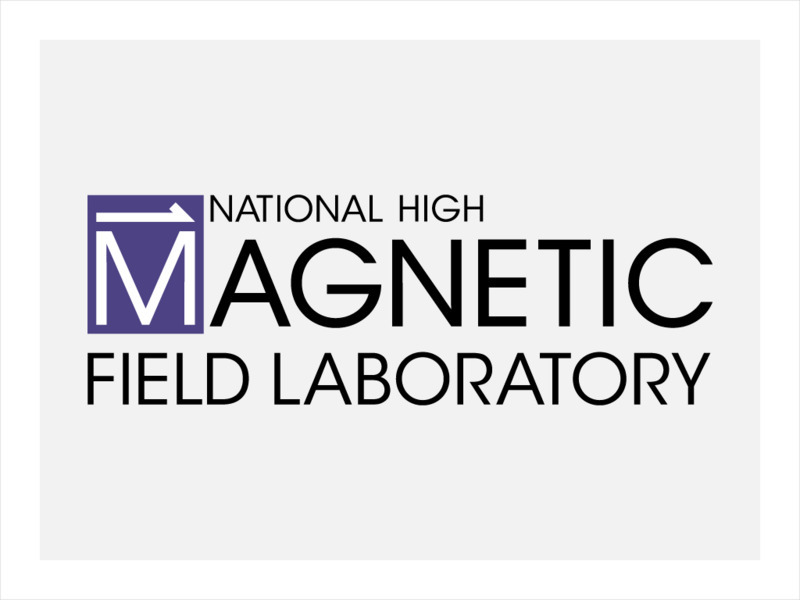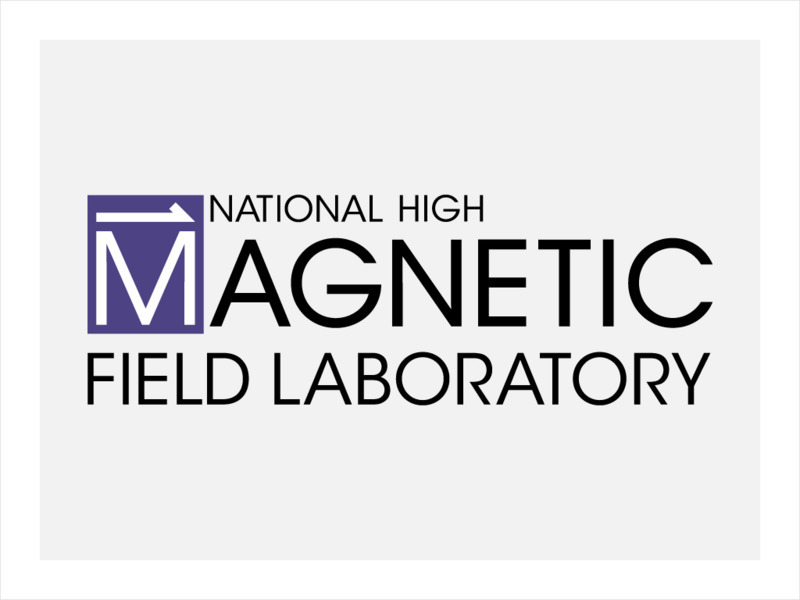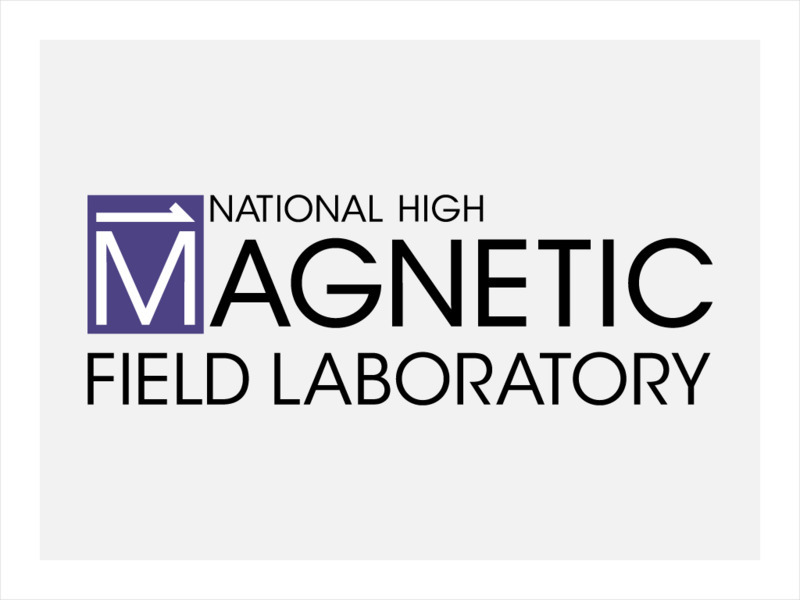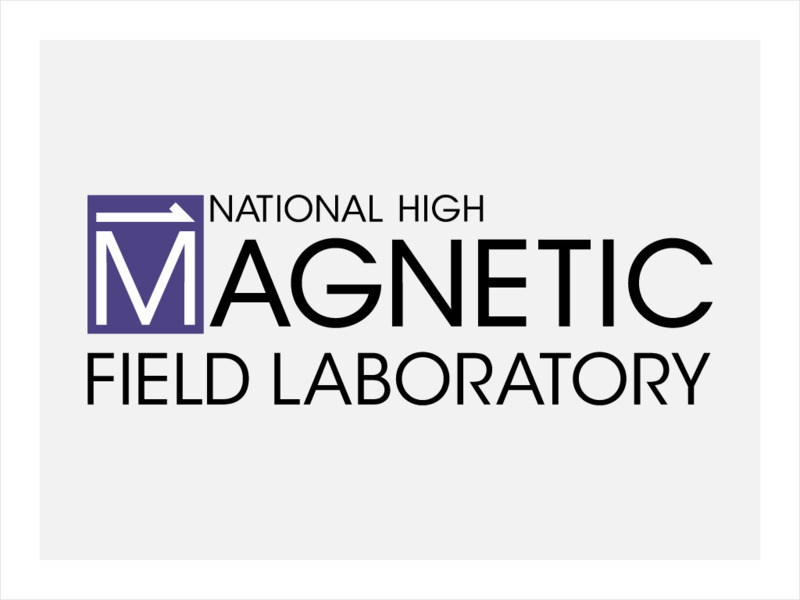National High Magnetic Field Laboratory
Magnet Academy: Mass Spectrometer (Single Sector)
Mass spectrometers are machines that give scientists a look at the composition and origin of a material by analyzing and quantifying its atoms and molecules. This tutorial shows how a single sector mass spectrometer works. (Java tutorial)
National High Magnetic Field Laboratory
Magnet Academy: Jean Charles Athanase Peltier (1785 1845)
Although he didn't start studying physics until he retired from the clock-making business at age 30, French native Jean Peltier made immense contributions to science that still reverberate today. Even with the primitive tools available...
National High Magnetic Field Laboratory
Magnet Academy: Learning About Magnets [Pdf]
A seventeen-page activity book on magnets. Includes facts, learning activities, puzzles, and profiles of scientists.
National High Magnetic Field Laboratory
Magnet Academy: Compasses in Magnetic Fields
Experiment with the compass in this tutorial to see how it responds to magnetic fields.
National High Magnetic Field Laboratory
Magnet Academy: Diamagnetism and Paramagnetism
Think iron, nickel and other "ferromagnetic" substances are the only ones with magnetic properties? In fact, everything reacts to magnetic fields in some way.
National High Magnetic Field Laboratory
Magnet Academy: Contracting Helix
This nifty device, a kind of precursor to the Slinky, demonstrates how parallel wires attract.
National High Magnetic Field Laboratory
Magnet Academy: Magnetic Resonance Imaging Mri
In MRI, magnetic fields and radio wave pulses combine to get a unique, and medically beneficial, response from your body's hydrogen atoms. Take a peek in this tutorial.
National High Magnetic Field Laboratory
Magnet Academy: What Is a Cable in Conduit Winding Spool?
The Magnet Lab's magnet-building team has a way of customizing even the most straightforward tools of its trade, the cable-in-conduit conductor spool. This article explains the significance of this tool.
National High Magnetic Field Laboratory
Magnet Academy: Carl Friedrich Gauss
Although he is best known as one of the greatest mathematicians of all time, Carl Friedrich Gauss was also a pioneer in the study of magnetism and electricity. To facilitate an extensive survey of terrestrial magnetism, he invented an...
National High Magnetic Field Laboratory
Magnet Academy: Charles Augustin De Coulomb
Charles-Augustin de Coulomb invented a device, dubbed the torsion balance, that allowed him to measure very small charges and experimentally estimate the force of attraction or repulsion between two charged bodies. The data he obtained...
National High Magnetic Field Laboratory
Magnet Academy: Maglev Trains
Prof. Eric Hellstrom of the lab's Applied Superconductivity Center uses a toy train to demonstrate magnetic levitation, the Meissner Effect and magnetic flux trapping. [6:30]
National High Magnetic Field Laboratory
Magnet Academy: Electrostatic Repulsion in Van De Graaff Bubbles
A fun look at how Van de Graaff generators illustrate electrostatic forces. (Java tutorial)
National High Magnetic Field Laboratory
Magnet Academy: Heat Resistance
Heating a metal conductor makes it more difficult for electricity to flow through it. See why in this tutorial. (Java tutorial)
National High Magnetic Field Laboratory
Magnet Academy: Mass Spectra
The mass spectrum of a material, deduced using a machine called a mass spectrometer, reveals how many isotopes of a given element are to be found in the material. See here what these spectra look like and how they are useful. (Java...
National High Magnetic Field Laboratory
Magnet Academy: Arc Lamp 1876
Fire lighted the night for many centuries. Then came Sir Humphry Davy and the birth of the arc lamp, an invention built upon in the years that followed by many.
National High Magnetic Field Laboratory
Magnet Academy: Duchenne Machine 1850
French physician Guillaume Benjamin Amand Duchenne invented a device that electrically stimulates muscles. The apparatus gave him new insight into neuromuscular disorders, earned him the epitaph of "father of electrotherapeutics," and...
National High Magnetic Field Laboratory
Magnet Academy: Davenport Motor 1834
Odd though it seems today, when Thomas Davenport was selling one of the first electric motors way back in the 1830s, nobody was buying.
National High Magnetic Field Laboratory
Magnet Academy: Cyclotron 1931
A cyclotron is a machine that allows scientists to shoot particle beams at other particle beams. The result of doing this is a spectacular smash up - but that's not why scientists do it.
National High Magnetic Field Laboratory
Magnet Academy: Coaxial Cable 1929
As more and more American households acquired telephones, the pressure was on to create a better cable to accommodate the increasing demand. Engineers Lloyd Espenschied and Herman Affel answered the call.
National High Magnetic Field Laboratory
Magnet Academy: Bubble Chamber 1952
To understand a bubble chamber, picture the long, white streak an airplane leaves in its wake. That's water vapor produced by condensation from the plane's hot exhaust. Until the water particles evaporate, you can follow the streak to...
National High Magnetic Field Laboratory
Magnet Academy: Audion 1906
Two years after Englishman John Ambrose Fleming invented a two-electrode vacuum tube, American inventor Lee De Forest one-upped him by developing a tube with three electrodes.
National High Magnetic Field Laboratory
Magnet Academy: Gauss Weber Telegraph 1833
Several years before the telegraph created by American inventor Samuel Morse revolutionized communications, two German scientists built their own functional telegraph.
National High Magnetic Field Laboratory
Magnet Academy: Faraday Motor 1821
Few inventions have shaped technology as much as the electric motor, but the very first version - the Faraday motor - didn't look anything like the modern motor.
National High Magnetic Field Laboratory
Magnet Academy: Gramme Dynamo 1871
Zenobe Theophile Gramme (1826 - 1901) invented the first industrial generator, or dynamo. A deceptively simple-looking machine, it consisted of 30 coils wrapped around a spinning ring of iron.


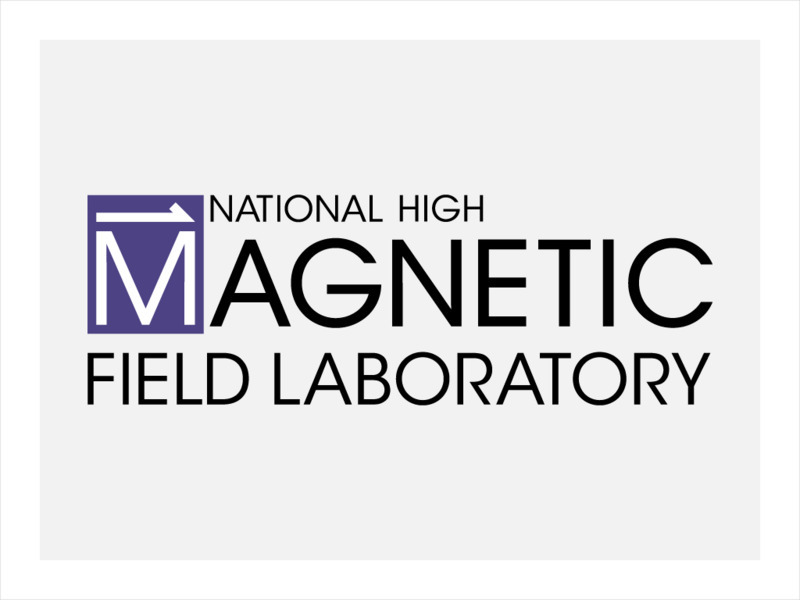

![Magnet Academy: Learning About Magnets [Pdf] Activity Magnet Academy: Learning About Magnets [Pdf] Activity](http://content.lessonplanet.com/resources/thumbnails/410152/large/bwluav9tywdpy2symdiwmduymc0yodcwoc0xbhoyztiwlmpwzw.jpg?1589985614)


